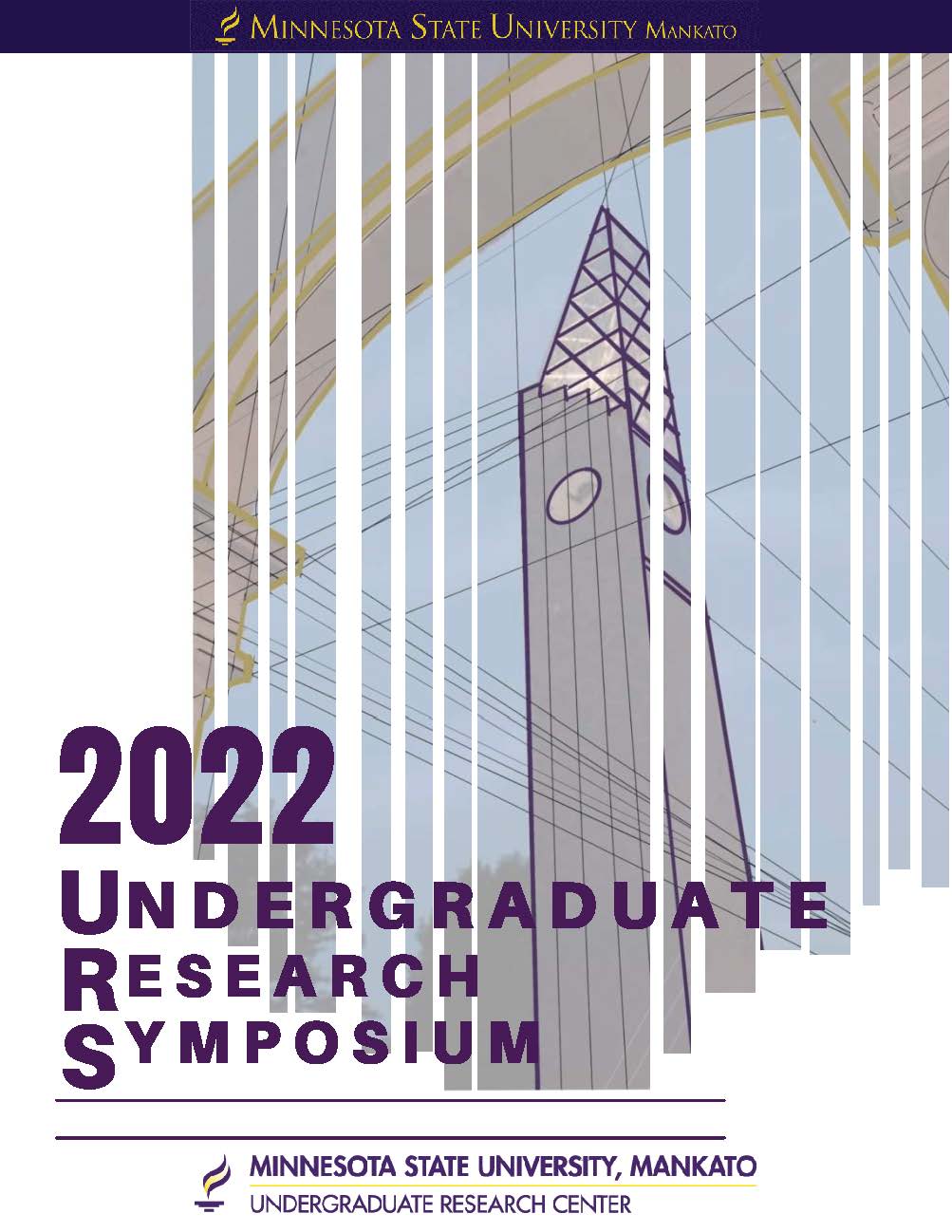Physical Therapy Use Among Collegiate Dancers
Location
CSU 201
Start Date
12-4-2022 10:00 AM
End Date
12-4-2022 11:00 AM
Student's Major
Human Performance
Student's College
Allied Health and Nursing
Mentor's Name
Jessica Albers
Mentor's Department
Human Performance
Mentor's College
Allied Health and Nursing
Description
INTRODUCTION: Collegiate dancers do not get the same recognition as other collegiate sports. Because of this, collegiate dancers often do not have access to athletic training facilities, health care information, or strength training personnel as those in recognized sports. Dancers often do not seek physical therapy when injured because they do not understand the severity of their injuries, or do not want to be told that they must sit out of their sport for an extended period. Rehabilitation with a physical therapist after injury is important for collegiate dancers’ overall health. Given this research, collegiate dancers have high injury rates but low physical therapy's resources. Therefore, it is important to increase collegiate dancer's perceptions that would lead them to seek therapy when injured. The purpose of this study was to assess how a Health Belief Model information intervention impacts collegiate dancers’ intentions to use physical therapy when injured.
METHODS: The NCAA database was used to identify collegiate dance teams. Participants were recruited by emailing coaches and messaging their collegiate Facebook pages. The study included a pre-test survey, the HBM information intervention, followed by a post-test survey. The survey included questions about their demographics (pre-test only), prior physical therapy and injury experiences (pre-test only), perceived barriers and benefits of physical therapy, susceptibility and severity of injury, and intention to seek physical therapy when injured. The intervention was an infographic based on the Health Belief Model that included information on background/modifying factors, threats and expectations of perceptions, and the actions that impact behavior.
RESULTS and CONCLUSION: To be presented at the Undergraduate Research Symposium.
Physical Therapy Use Among Collegiate Dancers
CSU 201
INTRODUCTION: Collegiate dancers do not get the same recognition as other collegiate sports. Because of this, collegiate dancers often do not have access to athletic training facilities, health care information, or strength training personnel as those in recognized sports. Dancers often do not seek physical therapy when injured because they do not understand the severity of their injuries, or do not want to be told that they must sit out of their sport for an extended period. Rehabilitation with a physical therapist after injury is important for collegiate dancers’ overall health. Given this research, collegiate dancers have high injury rates but low physical therapy's resources. Therefore, it is important to increase collegiate dancer's perceptions that would lead them to seek therapy when injured. The purpose of this study was to assess how a Health Belief Model information intervention impacts collegiate dancers’ intentions to use physical therapy when injured.
METHODS: The NCAA database was used to identify collegiate dance teams. Participants were recruited by emailing coaches and messaging their collegiate Facebook pages. The study included a pre-test survey, the HBM information intervention, followed by a post-test survey. The survey included questions about their demographics (pre-test only), prior physical therapy and injury experiences (pre-test only), perceived barriers and benefits of physical therapy, susceptibility and severity of injury, and intention to seek physical therapy when injured. The intervention was an infographic based on the Health Belief Model that included information on background/modifying factors, threats and expectations of perceptions, and the actions that impact behavior.
RESULTS and CONCLUSION: To be presented at the Undergraduate Research Symposium.
Recommended Citation
Kotek, Vanessa and Kacey Wachholz. "Physical Therapy Use Among Collegiate Dancers." Undergraduate Research Symposium, Mankato, MN, April 12, 2022.
https://cornerstone.lib.mnsu.edu/urs/2022/oral-session-01/3



